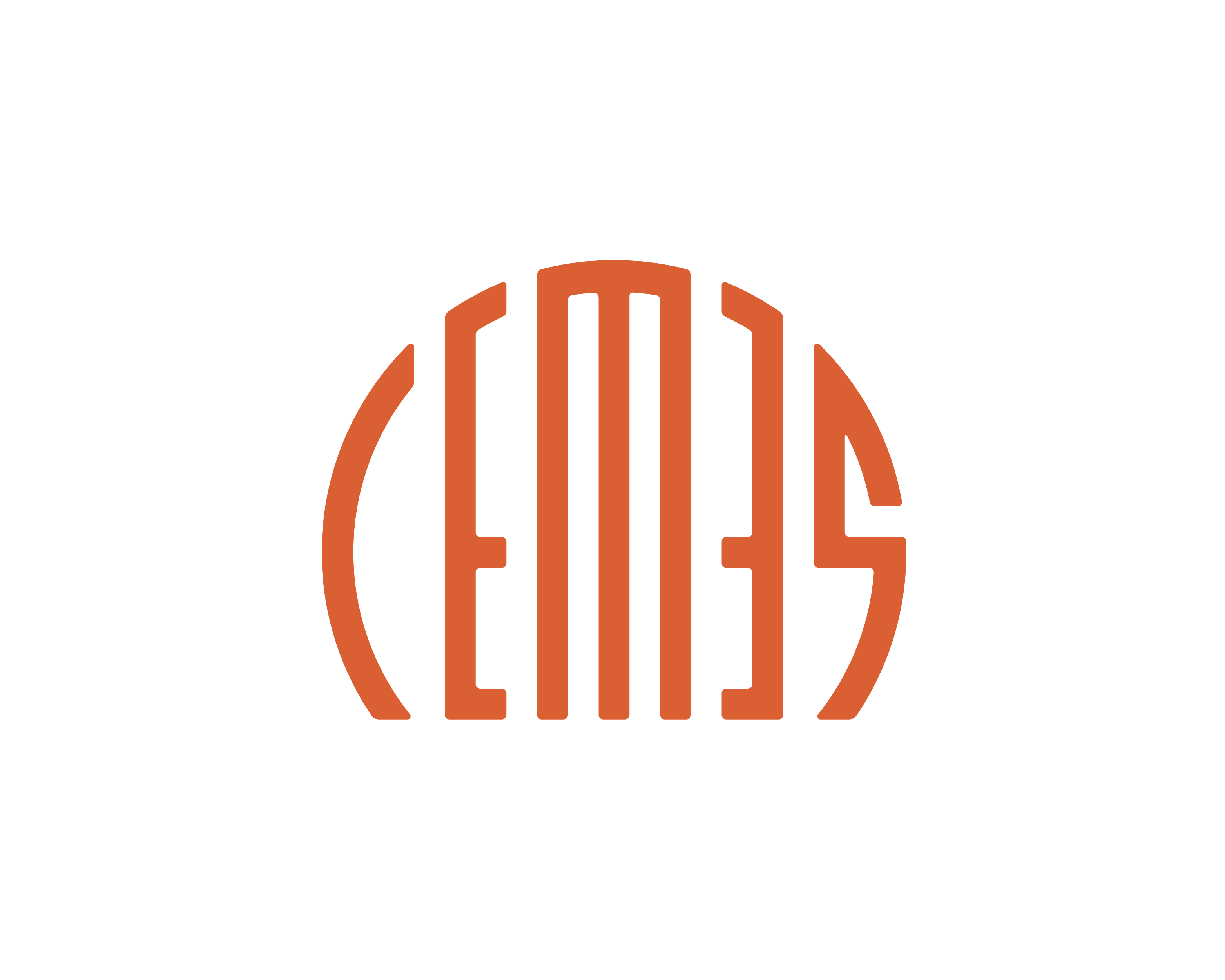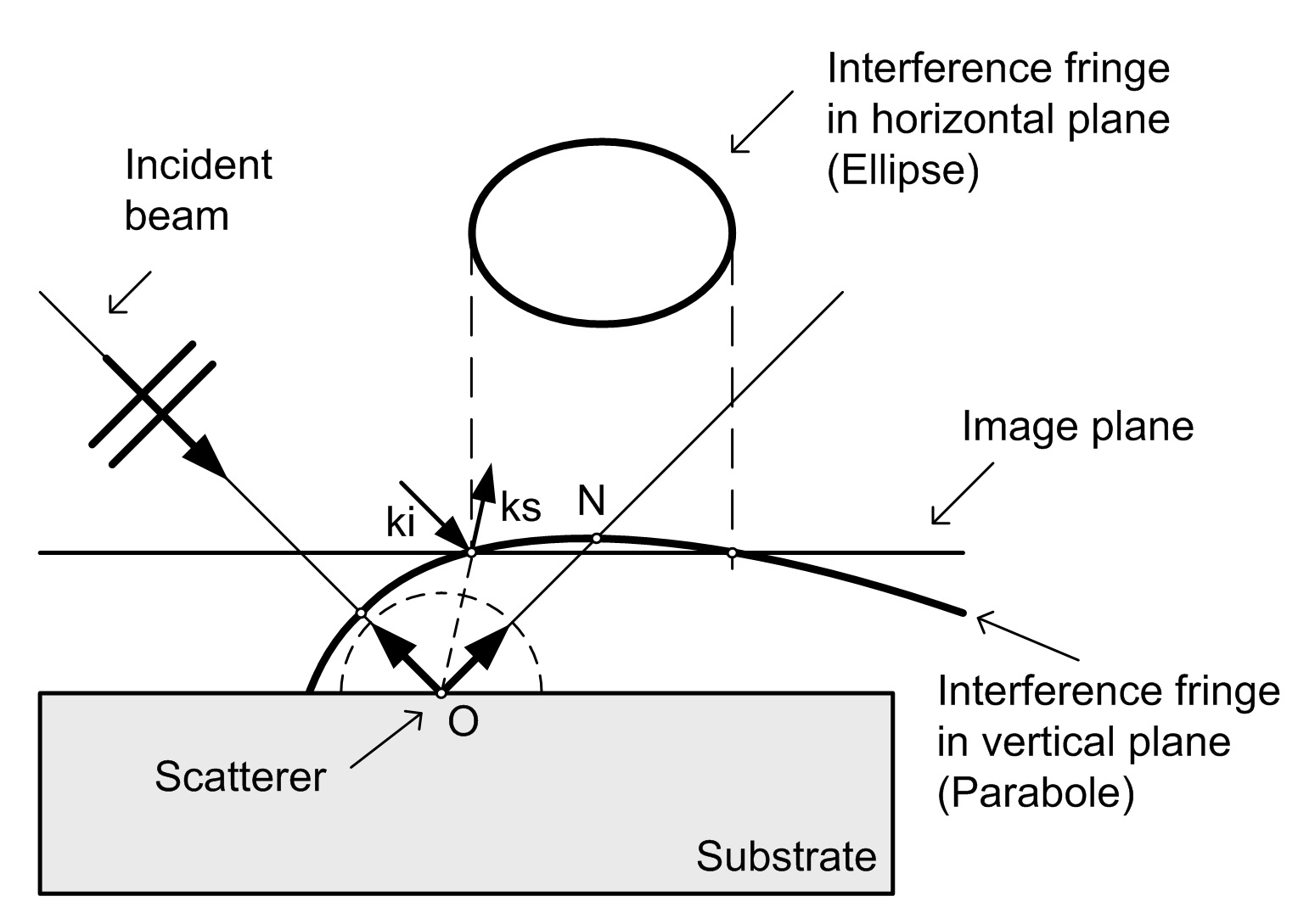Advanced Optical Coherent Diffraction Imaging
NANOSCIENCE

Lab: CEMES
Duration: NanoX master Internship (8 months part-time in-lab immersion)
6 months full-time internship
Latest starting date: 03/01/2024
Localisation: CEMES
Supervisors:
Wolfgang BACSA wolfgang.bacsa@cemes.fr
Work package:
Coherent diffraction imaging, is an elegant approach to ultra high-resolution microscopy and has witnessed a rapid development in recent years (1-3) due to its capability to provide high-resolution images without the use of any focusing lenses, a large field of view, cost-effectiveness, portability and depth-resolved (3D) imaging at ambient atmosphere. In coherent diffraction imaging (CDI), diffraction patterns resulting from the object are recorded directly onto an image detector and the image is obtained by numerical reconstruction from the recorded diffraction pattern. As only the intensity is recorded in a typical diffraction measurement, the central issue in lensless imaging is the retrieval of phase information. In coherent diffractive imaging, the missing phase information is numerically reconstructed by iterative algorithms. Recent progress in this field is based on improved computer power and the development of efficient reconstruction algorithms, as well as the availability of inexpensive image sensors combined with appropriate sample preparation. The lateral resolution is, however, comparable to lens based systems. The objectives of this project is that by recording the diffracted optical field with a pointed optical fiber sensor in the intermediate field, a regime so far largely unexplored, and employing newly developped numerical iterative image reconstruction the lateral resolution can be reduced to 1/6th of the wavelength (4-6). The candidate will be first working on improving our current instrument with the support of an optical research engineer. This will require to reconfigure the control software written in Python and PyMoDAC (modules developped in house). Later the candidat will study diffraction patterns of nanoparticles on surfaces. When time available the candidate will test recently developped reconstruction algorithmes in collaboration with E. Soubies, IRIT (Toulouse).

References:
References : 1 Transmission microscopy without lenses for objects of unlimited size, JM Rodenburg, AC Hurst, AG Cullis, Ultramicroscopy 107, 227, 2007, 2 Lensless Imaging and Sensing, A. Ozcan, E. McLeod, Annu. Rev. Biomed. Eng. 18, 77, 2016, 3 Increased space-bandwidth product in pixel super-resolved lensfree on-chip microscopy, A Greenbaum, A Ozcan, Sci. Rep. 3, 4, 2013, 4 Bilayer interference enhanced Raman spectroscopy, W.S. Bacsa and J.S. Lannin, Appl. Phys. Lett. 61, 19, 1992, 5 Optical Interference near Surfaces and its Application in Subwavelength Microscopy, W. Bacsa, Adv. in Imag. and Electron Physics, Ed. Acad. Press, 163, 1-32, 2010, 6 , Wave Optics Near Surfaces, W. Bacsa, R. Bacsa, T. Myers (Springer 2020).
Areas of expertise:
Lasers, scanning probe microscopy, holography, numerical image reconstruction, nanoparticles
Required skills for the internship:
Experience with Matlab / Python, interest in instrument développement, fit to work independently
